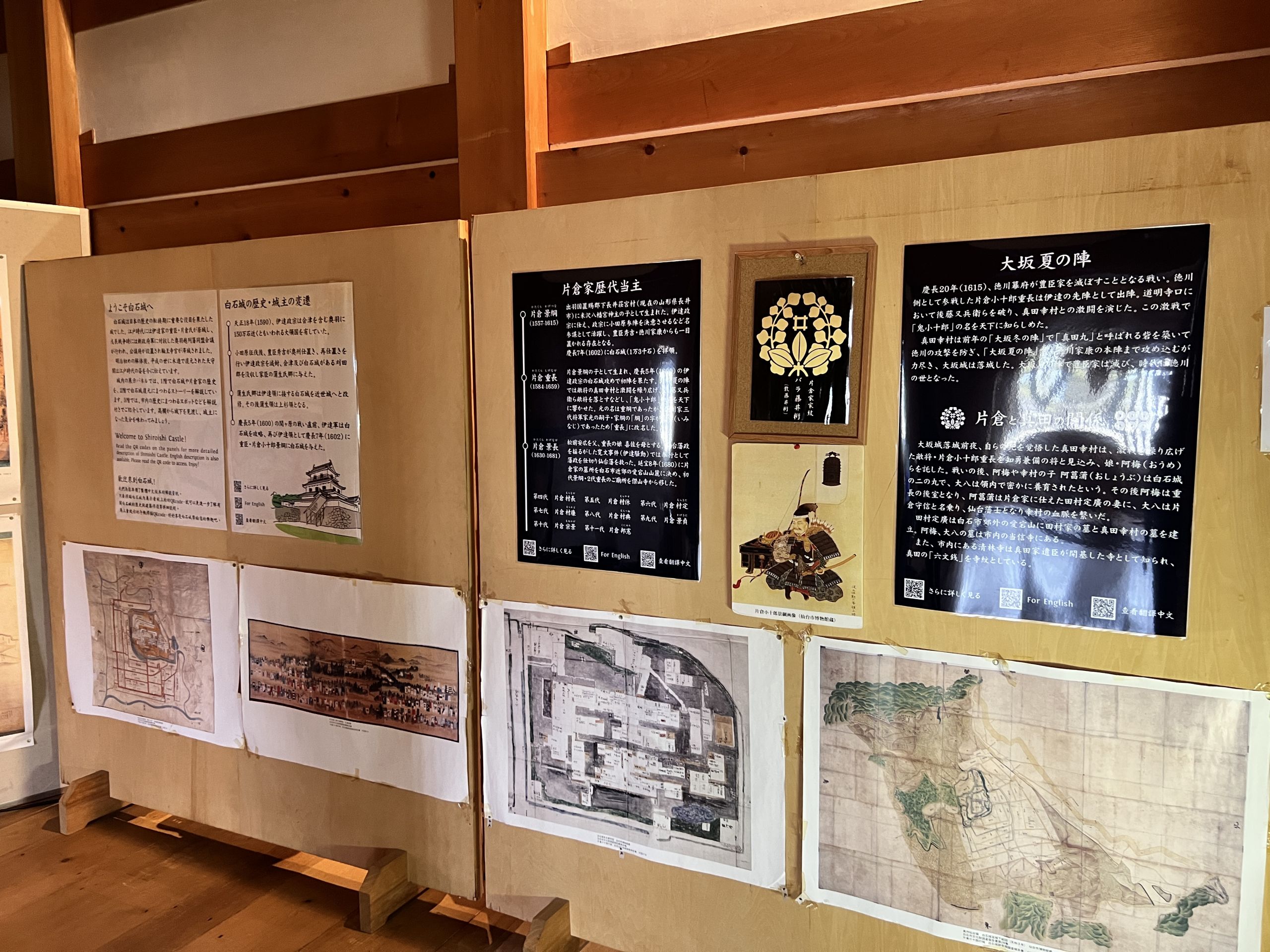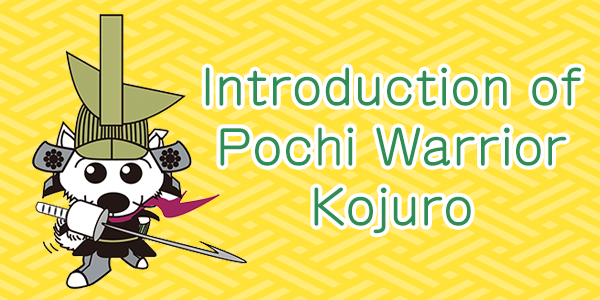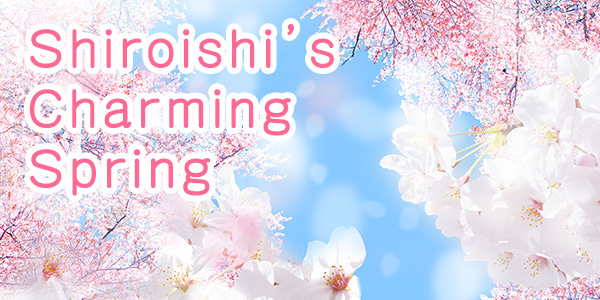Summer Siege of Osaka Castle and the relationship with Sanada
Summer Siege of Osaka
Summer Siege of Osaka is the battle that led to the Toyotomi family's downfall by the Tokugawa Shogunate in 1615. In the previous year's "Winter Siege of Osaka," the Tokugawa forces had the upper hand in the battle and the Toyotomi forces were weakened. However, Sanada Yukimura (Nobushige) of the Toyotomi forces built a fort called "Sanadamaru" to prevent the attack from Tokugawa. On May 6, the "Battle of Domyoji-guchi" took place, in which the Toyotomi forces tried to prevent the Tokugawa forces from advancing westward along the Yamato Road to Osaka Castle.
Katakura Kojuro Shigenaga of the Date force, which participated on the Tokugawa side, went into battle as the advance force. He defeated Goto Mototsugu, Susukida Kanesuke, and others at Domyoji-guchi, earning the name of “Oni Kojuro," becoming known throughout Japan. He also fought with Yukimura Sanada's force, and Sanada's force fought back against the bombardment by Katakura's force. Yukimura Sanada attacked Tokugawa Ieyasu's headquarters in the "Battle of Tennoji" on May 7, but ran out of strength. On the same day, Osaka Castle fell. The Toyotomi family fell, and the Tokugawa shogunate took over as the new ruling government for all of Japan. The Date family was granted Uwa-gun (Currently Uwajima City, Ehime Prefecture) by the Tokugawa family for their outstanding performance in the “Summer Siege of Osaka." Date Hidemune, the eldest son of Date Masamune, moved into Uwajima Castle. His son, Munetoshi, carried out a major renovation to the castle, which was completed in 1671. The castle stands today as one of the 12 most valuable surviving castle towers.
Generals defeated by Katakura's forces
・Goto Matabei
Born in Harima, he served under Kuroda Yoshitaka (Kuroda Kanbei), Nagamasa, and his son, and participated in the Korean invasion and the Battle of Sekigahara, performing outstandingly. He was invited by Toyotomi Hideyori to participate in the Summer Siege of Osaka. He used a spear and was listed as one of the "Kuroda 24 Knights," the "Eight Tigers of Kuroda," and the "Osaka Five.
・Susukida Kanesuke (Hayato Masashi)
Son of Susukida Juzaemon, a vassal of Kobayakawa Takakage. He served Toyotomi Hideyoshi and Hideyori and was invited by Hideyori to participate in Summer Siege of Osaka.
Katakura and Sanada
Sanada Yukimura crossed swords with Katakura during the "Battle of Domyoji-guchi." That night, after the fierce battle, he entrusted his daughter, Oume, and others to this enemy general, Katakura Kojuro Shigenaga, hoping that Shigenaga would prove to be an exceptionally brave and capable general. Oume is said to have been born in 1604, so she was about 10 years old at the time. The next day, Sanada Yukimura died in the "Battle of Tennoji," and Osaka Castle fell.
After the battle, Yukimura’s daughters, Oume and Oshobu, were raised in the Ninomaru (outer citadel) of Shiroishi Castle, while Daihachi, Yukimura’s son was raised secretly in the territory. Later, Oume became Shigenaga's wife. Oshobu became the wife of Tamura Sadahiro, who served under the Katakura family, and Daihachi took the name Katakura Morinobu and became a samurai of the Sendai domain, continuing the bloodline of Yukimura.
Tamura Sadahiro built the graves of the Tamura family and Sanada Yukimura on Atago Mountain in the suburbs of Shiroishi City. The tombs of Oume and Daihachi are located at Toshinji Temple in the city. Oume built "Gesshinin-in" in the suburbs of Shiroishi City. According to the "History of Katta County,” Sanada Yukimura's mortuary tablets are said to have been kept there, but the temple is now closed.
Seirinji Temple in the city is also known as a temple founded by a vassal of the Sanada family and has the Sanada’s famous symbol of six coins as its temple crest.
Grave of Yukimura Sanada and Oshobu
The tombs of Yukimura Sanada and Oshobu are located on Mt. Atago, where Katakura Gobyousho (the mausoleum of the Katakura family) is located. From the parking lot below Katakura Gobyousho, follow the signs first to the grave of Kita, a half-sister of Kojuro Katakura.
Kita was a half-sister of Katakura Kojuro Kagetsuna and the nanny of Masamune Date. Kita created the Katakura family’s symbol of black bells on a white background. This design was used as the military banner of the Katakura family and is the model for the city emblem of Shiroishi.
If you follow the stone pavement to the left toward Kita's grave, you will arrive at the grave of the Tamura family. The tombs of the Tamura family include those of Oshobu and Yukimura Sanada.
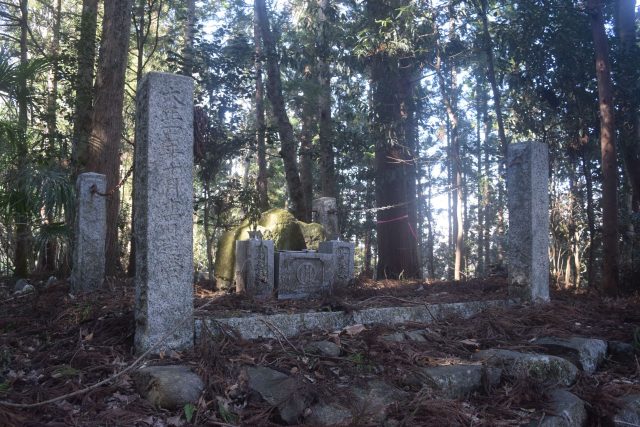
Grave of Kita
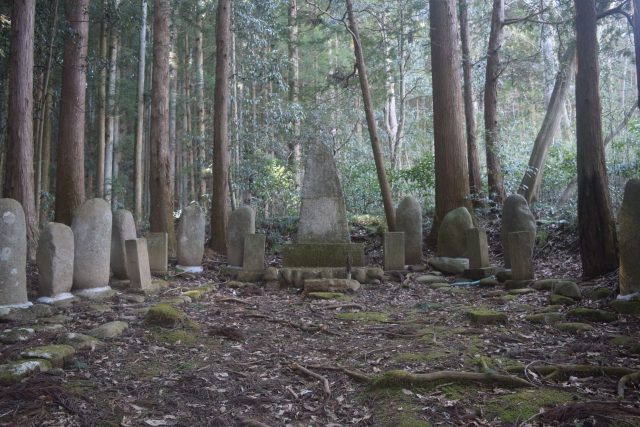
Grave of Ashobu (back) and Sanada Yukimura (front left)
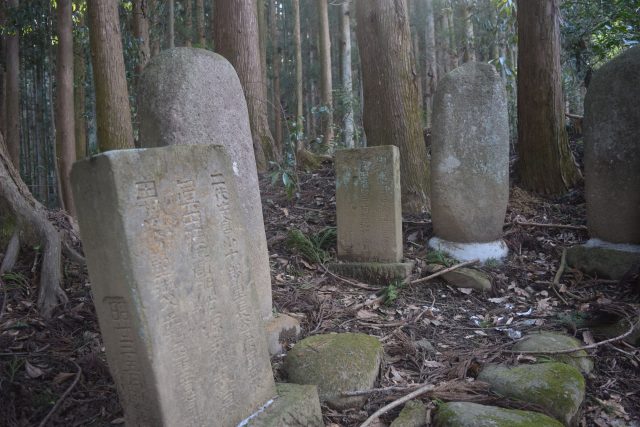
Grave of Sanada Yukimura
Daihachi (Morinobu Katakura))
Daihachi, son of Sanada Yukimura, became a retainer of the Katakura family and took the name Katakura Morinobu. Morinobu initially became a samurai of the Sendai clan. He had a house in Itsutsubashi Road under the Sendai Castle and was given lands in the Zao area and other places.
His grave is in Tosinji Temple. It is believed that Daihachi did not take the surname of Sanada because he was a male and he did not want his existence to be known by the Tokugawa side. He changed his surname back to Sanada when his son, Katakura Tokinobu, was born.
Reference
・読売新聞東北総局, 1995, ""白石城物語""
・ Kenji Agatsuma et al, 1995, ”よみがえる白石城”
・Sanada Toru, 2015, "真田幸村の系譜 直系子孫が語る400年"
